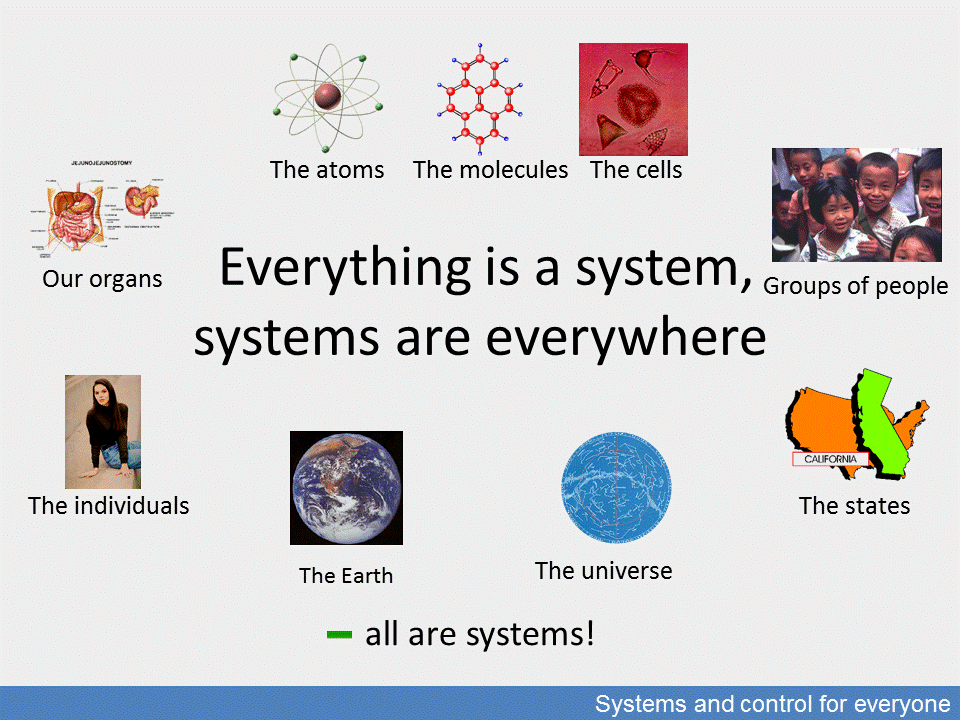

Systems are everywhere
Systems are present everywhere. The behaviour of systems is determined by a set of fundamental principles which can be understood by anyone. Fundamental thoughts and relations can be translated into mathematical forms. Mathematics and computer science allow us to describe—and to a certain degree predict—the expected behaviour of a wide range of systems. This information can be used to influence and control systems so that they behave in a desired, predefined way.
The system and its environment
Everything that consists of parts and in a sense works as a whole can be considered as a system. We call systems those parts of the real world which have determined or virtual or even flexible boundaries. These boundaries separate the system from its environment. The environment has an impact on how the system works, and the system can also affect its environment. The behaviour of the system may change over time. Generally, we want certain quantities in the system to stay stable on prescribed values (for instance, indoor temperature should not change despite the fluctuation of outdoor temperature). System theory provides general principles, methods and tools for understanding and describing how systems work. They help us examine the operation of systems, as well as forecast and control their behaviour.
Systems are everywhere. They are present everywhere around us. Various systems assist people in their daily activities. Even a house can be taken as a system which is separated from its environment by its walls—these are its boundaries (Figure 1).
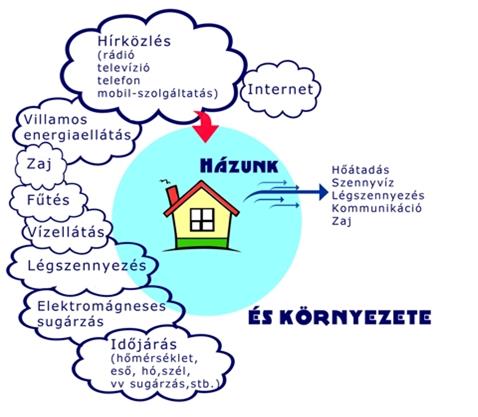
Figure 1. A house and its environment
A system is linked to its environment in many ways. Quantities (variables) which come from the environment and affect the system are called inputs, while quantities which go out from the system and affect the environment are called outputs. Those types of quantities which contain information are called signals; more specifically input signals if they are received by and output signals if they are sent from the system. There are inputs by which we can influence easily the state and the behaviour of the system. These are called manipulating variables. In the case of a house, these include the water and power supply, the heating, the telecommunication network and the Internet, all of which contribute to our convenience. Other input types cannot be controlled (e.g. outdoor temperature), so these are disturbances or disturbing signals. As for outputs, we usually want them to meet certain requirements.
When examining the operation of the central heating system in the house, we will define the system and its environment differently. In this case, the system will become the room within the house. Let us assume that hot water is circulating in the pipes and the radiators. The valve controls how much water can flow through the radiator, and thus the temperature of the room. The input variable here is the valve position, the output variable is the room’s temperature. Outdoor temperature, the number of persons in the room, whether the doors and windows are open or close, are all disturbances.
There are several ways to control the room’s temperature. Depending on the difference of the desired and the measured temperature, the heating can be turned on or off. This way we can keep temperature within a specific, predetermined range (Figure 2).

Figure 2. Controlling room temperature
Many systems (appliances) serve our convenience at home. These systems are usually controlled by influencing their output to meet our needs. Fridges, washing machines, dishwashers, electric water boilers, vacuum cleaners etc. are all controlled systems. Water level in the tank of a flush toilet is controlled automatically. There are controls within televisions, radios, CD and DVD players as well.
Leaving our homes, we go about our business. We walk, or travel by bus or tram. To cover larger distances we travel by car, train, ship or plane. Humanity created spacecrafts to go and explore the world around the Earth. All these means of transportation constitute systems which interact with their environments. It must be ensured that vehicles start and keep the right speed, passengers travel comfortably, vehicles stay in their lane and stop, if necessary (Figure 3). When controlling them, we have to consider many factors, such as safe, comfortable and reliable operation, optimal energy consumption, low carbon emission etc.
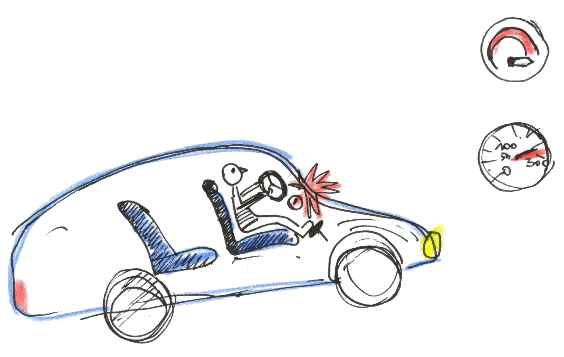
Figure 3: Leaving the house we travel. Vehicles must be controlled.
Modern cars are equipped with a large number of automatic controls. These ensure that fuel consumption and the emission of air pollutants are kept low. Driving is assisted by motion stabilizing and steering assistant control systems. Cooperative vehicle control is also an increasingly popular concept today. In this concept, vehicles have built-in smart systems and driver assistant systems which receive traffic information and monitor the movement of other vehicles, thus facilitating cooperative driving.
We need electricity to maintain our daily lives and to operate devices that make our work and life easier and more comfortable. Our modern lives perhaps depend too much on electricity. Computers, elevators, lighting, home appliances and many other things would not work without it.
The generation of electric power is a complex system. Electricity is generated for example in fossil-fuel, hydroelectric and nuclear power plants. However, as we are running out of natural resources, alternative sources of energy, such as wind and solar energy, are gaining in importance. Let us take a thermal power station as a system. In thermal power stations mass and energy transfer is executed. The chemical energy of coal is converted to heat energy. The heat is used to produce steam which spins a steam turbine and thus turns to mechanical energy. The turbine spins the rotating part (rotor) of the synchronous generator in the magnetic field of its stationary part (stator) and thus generates electric power. This energy is distributed through transformers and power lines to our homes, institutions and industrial plants (Figure 4). The process is a complex system.
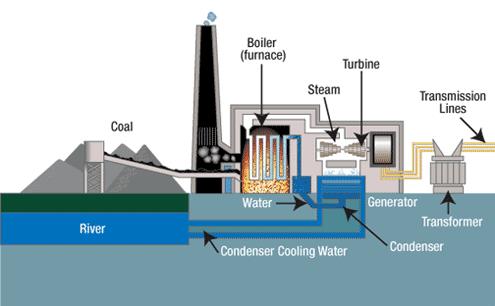
Figure 4: Electricity generation in a thermal power station
Source: http://152.87.4.98/power/coalart.htm
The system’s relationship with its environment is illustrated in Figure 5. Naturally, certain parts of this process can also be regarded as systems but then such systems and their environments should be considered differently. These processes and systems have to be controlled, started, maintained according to the prescribed rules and requirements, and it should be ensured that they stop when necessary. It is an important requirement, for example, that voltage and frequency are kept stable on prescribed values despite the fluctuation of demand throughout the day and the year. Reliability and safe operation are also important aspects.
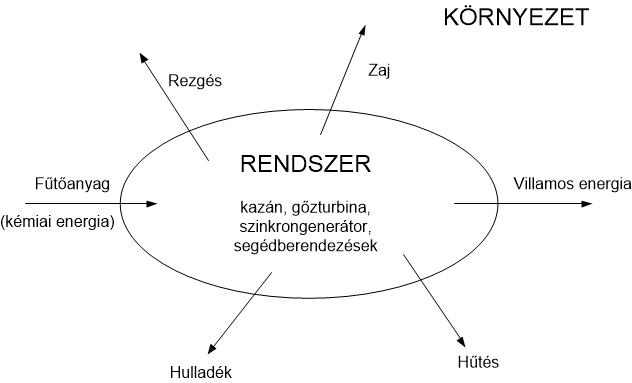
Figure 5: A thermal power station and its environment
The industry produces the goods needed for our daily lives. Other products serve special needs and thus contribute to raising the standard of living. We need binders (cement) to build houses. Cement plants produce cement by blending limestone, clay and additives (e.g. pyrite) in the right proportion. After burning and grinding the blend, the aim is to produce cement which meets certain composition and quality requirements. This requires process control, composition control, temperature control, humidity control etc.
Today’s cars mainly run on petrol (hopefully, the share of alternative sources of energy will increase in the future). Petrol (gasoline) is produced from petroleum in petroleum refineries, more specifically in distillation columns (Figures 6 and 7) where crude oil is separated into its component parts using their different volatility. The concentration of the different components needs to be controlled. (Note that concentration is related to the temperature on the trays of the distillation column, so usually it is the temperature profile that is controlled.)
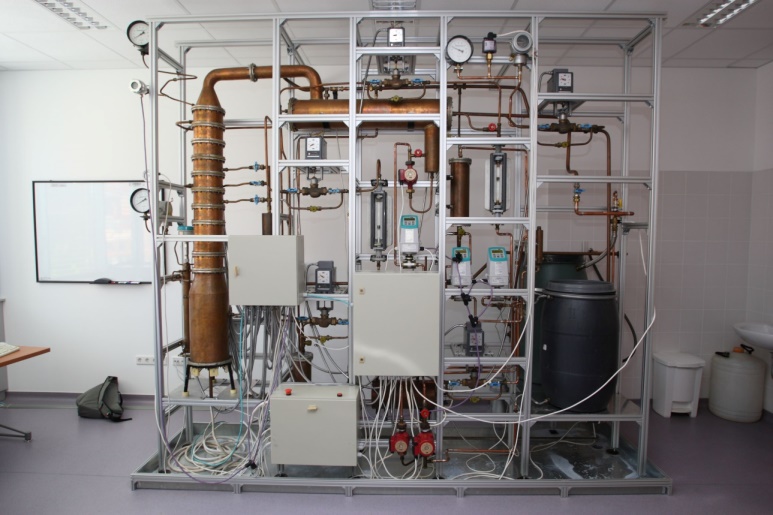
Figure 6: Distillation column model built for educational purposes at the Department of Automation and Applied Informatics, Budapest University of Technology and Economics (BME AUT)
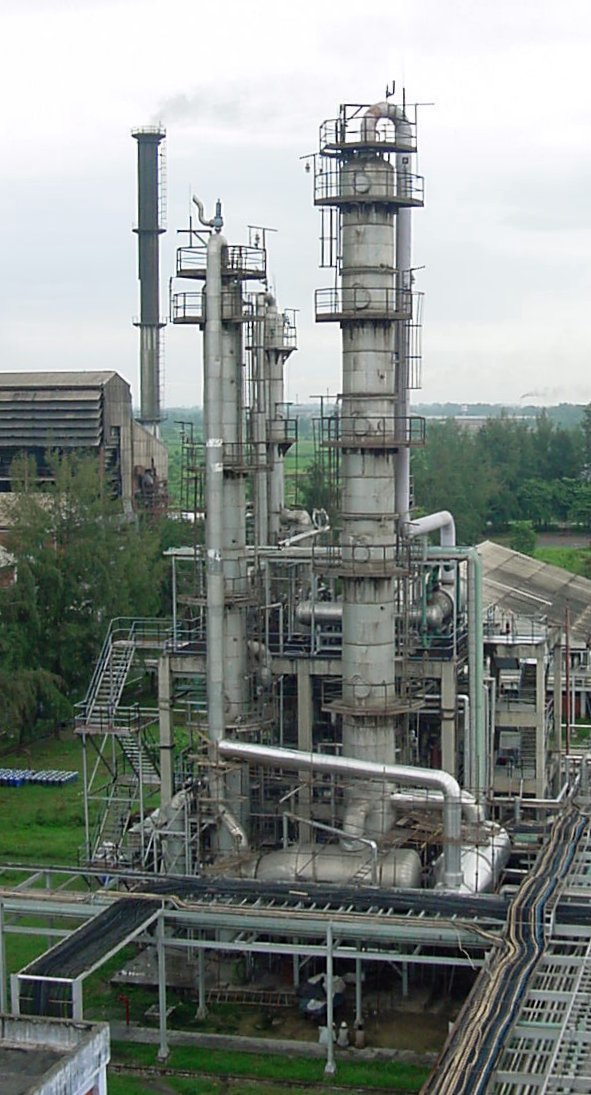
Figure 7: Industrial distillation column
Cars are manufactured on assembly lines where the complex assembly tasks are carried out by robot manipulators. The scheduling of the specific operations, the testing of assembly processes and built-in devices, the painting of the bodywork etc. all require a high level of automation and the application of controls. Figure 8 shows a robot which can be programmed to carry out various assembly tasks.
Figure 8: Robots can be programmed to carry out various assembly tasks
Our modern lifestyle has many negative effects on the environment. We use household chemicals for doing the laundry and cleaning, we use packaging material and so on. We pollute the air, the soil and the waters. Industrial production also heavily contributes to environment pollution. We have a lot to do to preserve the environment. Water purification, for instance, is critical for keeping water supply clean, which also requires control.
Industrial processes are regulated by increasingly strict environmental standards which must be observed when establishing new industrial facilities. Industrial and civil authorities can support and control environmental protection by funding development projects, calling for tenders etc.
There are many systems and controls in living organisms as well. The temperature of the human body is almost constant despite the fluctuation of the external temperature. It is influenced by complex control mechanisms; for example, we get goose pimples or shiver when we are cold. The size of the pupil in the eye varies with the light level. Limb movement, heart rate frequency, blood pressure, blood sugar level etc. are all controlled processes within the organism.
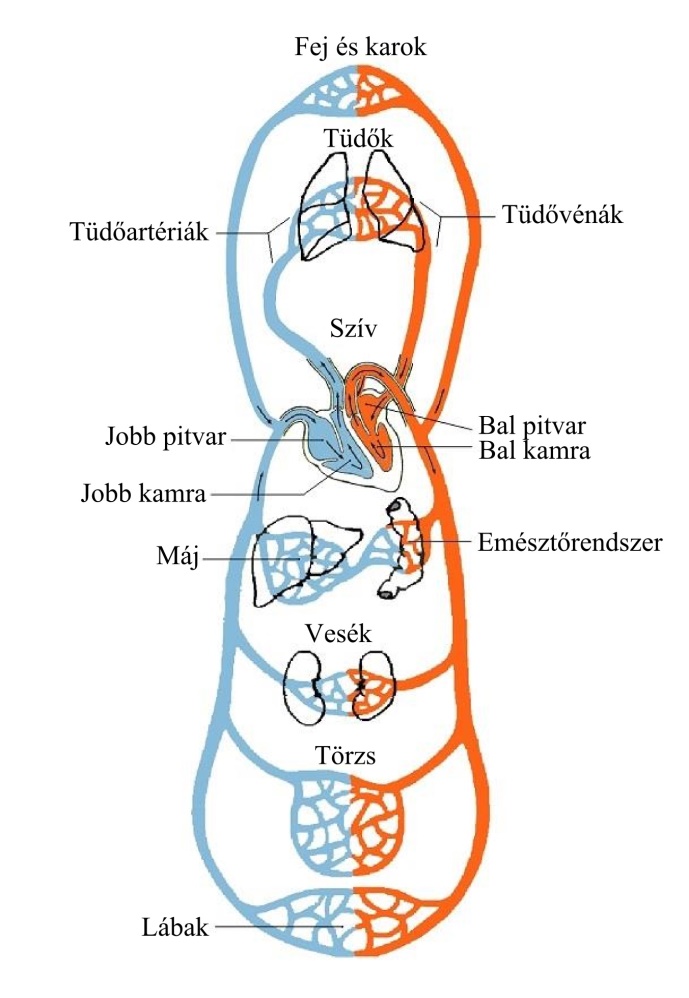
Figure 9: In the cardiovascular system complex control mechanisms ensure adequate blood pressure.
Figure 9 shows the operation of the cardiovascular system. The blood circulating in the cardiovascular system rapidly delivers duly prepared nutrient molecules as well as information-bearing molecules functioning as the chemical messengers of the organism (hormones, immune mediators) to the immediate vicinity of organ cells. (From there molecules move on much more slowly, by means of diffusion.) A fundamental condition for the healthy operation of the circulatory system is that arterial blood pressure in the systemic circulation must be kept at the optimum value in every single moment. This is ensured by control mechanisms working in the organism.
System approach can help understand the complex processes at work in living organisms. Studying and learning from the perfect operation and control mechanisms of living organisms, we can apply similar mechanisms in technical systems and create intelligent control systems that learn and adapt to the circumstances.
If a function of a living organism fails, medical treatment is applied which is also a control mechanism (medicine functions as an intervention), or if an operation takes place, the surgeons also perform control tasks.
In biology and animal societies, we can find many control phenomena. Ants, bees, birds and fish, for example, are capable of finding the optimal route to their destination. By understanding and learning from these forms of behaviour, we can develop optimal control algorithms for technical systems. These mechanisms can be used for creating cooperative control systems (e.g. vehicles that cooperate with each other).
References:
Albertos and Mareels (2010)
Åström and Murray (2008)
Keviczky et al. (2009, 2011)
IEEE website